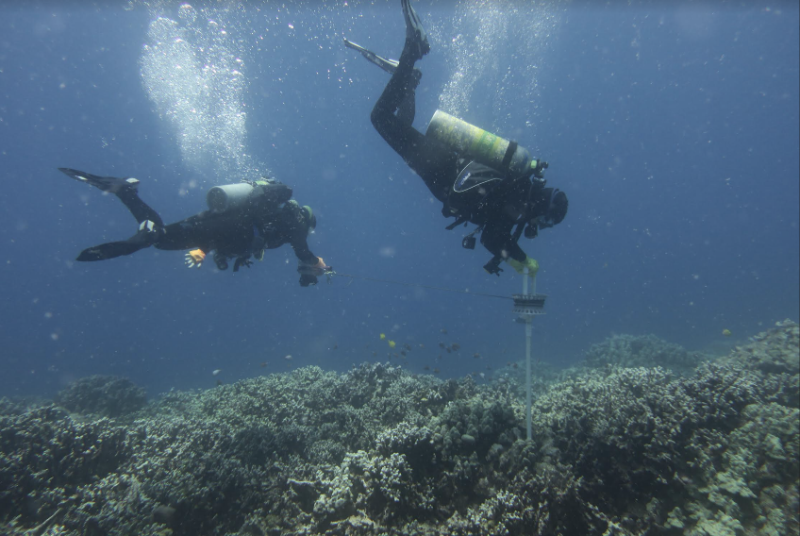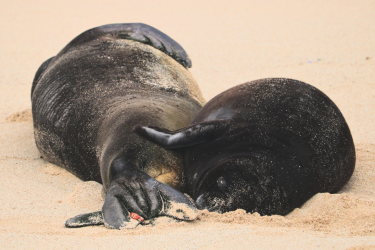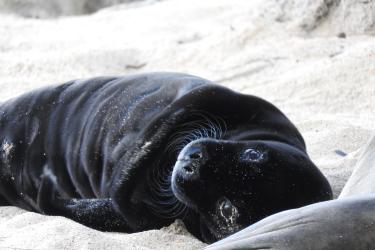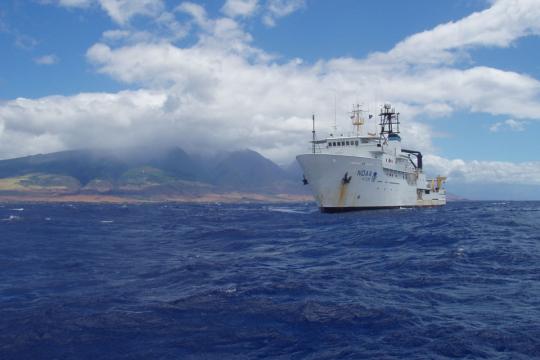Coral reefs are not just beautiful ecosystems. They provide economic, cultural, and biological resources, and food to hundreds of millions of people worldwide. Pollution, overfishing, ocean acidification, and climate change continue to threaten coral reef ecosystems. As they become more intense and frequent, it’s important for us to learn more about how coral reefs react.
Resilience is the ability of corals to resist and recover from stressful events. Measuring reef resilience allows us to predict their reaction to environmental stress. Our scientists are using photogrammetry to measure it at the colony and population scale.
A Measure of Resilience
We measure reef resilience by monitoring growth, death, and occasional events of coral colonies breaking apart or merging together. These are the coral colonies’ vital rates. We are excited to announce that we have successfully demonstrated a new method of measuring coral vital rates using Structure-from-Motion (SfM) photogrammetry. This image processing technique is capable of reconstructing the seafloor and the coral communities that inhabit them.
The Pacific Islands Fisheries Science Center has been monitoring Pacific coral populations and benthic communities since the early 2000s under the National Coral Reef Monitoring Program. We have used a variety of survey methods to measure coral cover and density. We spatially randomize those surveys, meaning we do not visit the same coral colonies more than once. We have been able to use these methods to track populations of corals, but not individual colonies. Tracking coral vital rates with these traditional methods is also very time-consuming. Since coral reefs may respond differently to the same stress, we needed a method that could cover large areas of reef.
Scale is Everything
Structure-from-motion 3D and 2D products show clear images of large areas at millimeter-scale resolution. Unlike earlier efforts to track vital rates, SfM could track thousands of colonies across tens to hundreds of sites. This would provide the ecological and spatial replication necessary to build statistical models of vital rates and environmental patterns. Our program collaborated with other researchers to achieve this scale and expanse:
- Dr. Stuart Sandin at Scripps Institution of Oceanography
- Dr. John Burns at the University of Hawaiʻi at Hilo
- Dr. Joshua Madin at the University of Hawaiʻi, Hawaiʻi Institute of Marine Biology
Testing Our Methods
A group of students at California State University at Monterey Bay, led by Knauss Fellow Caroline Rodriguez, helped us track thousands of colonies across the Hawaiian Archipelago from 2013 to 2019. SfM presents impressive potential to track colony-scale changes, but like any novel tool, we must accurately document any errors. A recent report details our approach to capturing, processing, and extracting data from SfM photogrammetry. In it, we demonstrate low levels of error with our imaging and annotation methodology.
SfM photogrammetry provides a robust, efficient, and scalable method for extracting coral vital rates data. For instance, we can conduct sensitivity analyses to determine which coral species or populations are most vulnerable to stressors and should be targeted for management interventions. Our scientists are excited to integrate this new technology with their current methods to support critical decisions guiding coral reef conservation, ecosystem management, restoration, and rewilding efforts.






